Ventilation Facts To Know Before Installing Home Insulation
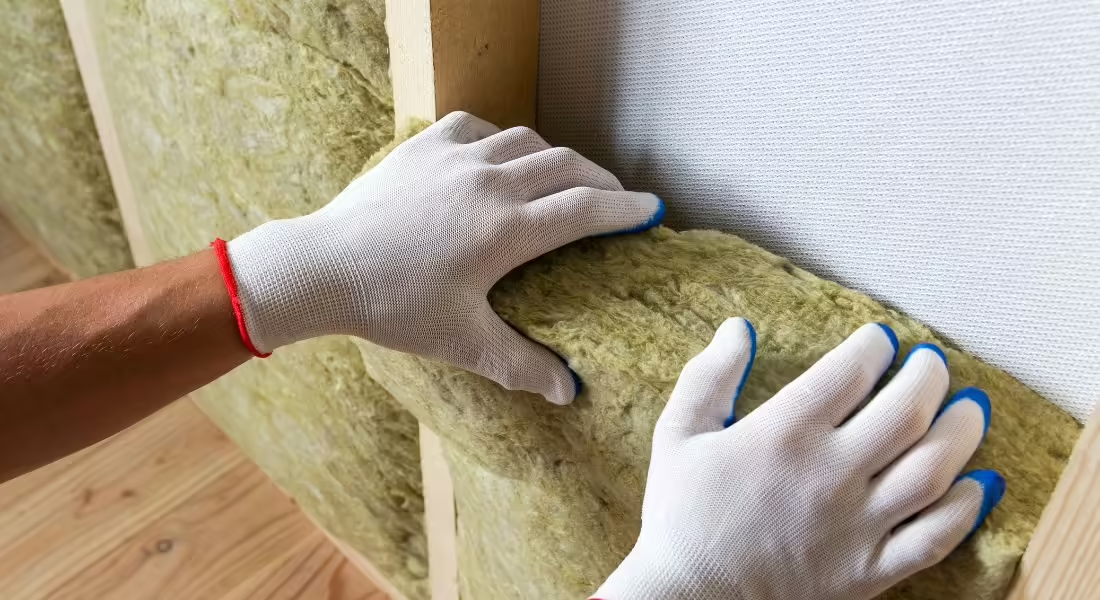
Many homeowners understand the importance of insulation but not so much about home ventilation. This important system keeps your house comfortable all year. Continue reading these ventilation facts to know before installing home insulation.
Update Ventilation Before Installing Insulation
A good ventilation system and functional insulation go hand in hand. Before installing new insulation, ensure your home’s ventilation is operating adequately. Insulation needs to breathe, and your home will experience problems if the ventilation system is inadequate. The vents should allow excess moisture and heat to escape, giving your insulation what it needs to operate.
Reduces Energy Costs
A properly-installed home ventilation system will reduce your home’s energy costs. The freely circulating air can reduce the heat in your home during warm days, meaning you don’t have to adjust the thermostat to feel comfortable.
Ventilation systems prevent air from becoming trapped in the house while avoiding various roofing issues, including the following:
- Condensation
- Mold buildup
- Ice dam formation
These issues can create costly damage, and no homeowner wants to deal with the repercussions of a poor-quality ventilation system.
Different Types of Ventilation Systems
Three types of home ventilation systems include whole-house, natural, and spot ventilation. Every type has subcategories, and understanding the differences will help you decide which is best for your home.
Spot Ventilation
Spot ventilation works in a limited area and doesn’t cover the whole home. The purpose of spot ventilation is to remove pollutants and moisture at the source. This ventilation type is common in kitchens and bathrooms. One thing to remember with spot ventilation is to avoid operating the vent for too long, as it could let in more pollutants than it removed.
Natural Ventilation
The wind creates air movement outside, and it can circulate inside your home through open doors and windows. The downside of natural ventilation is its unreliability. You can’t depend on it alone to ventilate your house evenly. Natural ventilation relies heavily on the outside air temperature, which isn’t always comfortable. Here are two subcategories of natural ventilation:
- Stack Ventilation: Two vents work simultaneously to pull the stale air out of your home using the stack (chimney) effect. One vent is in the attic, and the other is on a lower level.
- Trickle Ventilation: Trickle ventilation allows air exchange through small vents above windows or other openings. It minimizes drafts and the number of air pollutants that enter the home.
Whole-House Ventilation
A whole-house ventilation system consists of several vents and ducts spread throughout the home to control airflow. This ventilation type is a fundamental part of modern housing. Whole-house ventilation could be supply, exhaust-only, or completely balanced.
Use these ventilation facts to help you choose the correct ventilation system before installing insulation. Spray foam insulation is ideal for many homes because of its incredible benefits. Paragon Protection’s reliable and trustworthy spray foam insulation contractors in Crystal Lake, Illinois can help you through the entire process. Contact us today to learn how we can assist with your insulation needs.

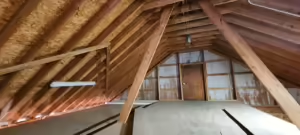
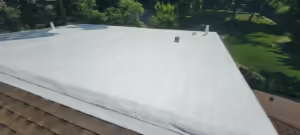
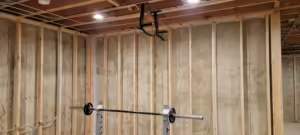
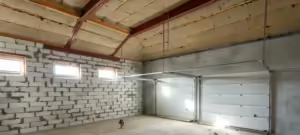

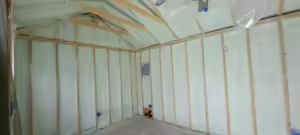
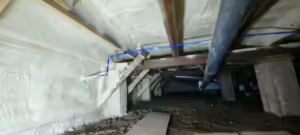
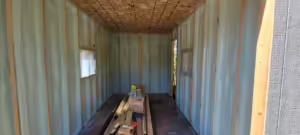
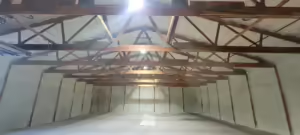
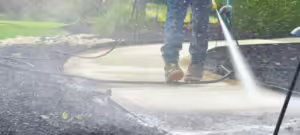
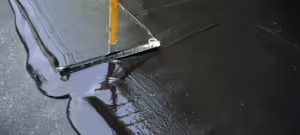
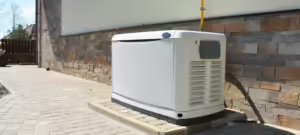
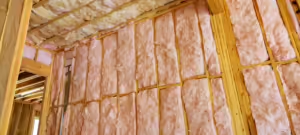
 Professional Insulation Services
Professional Insulation Services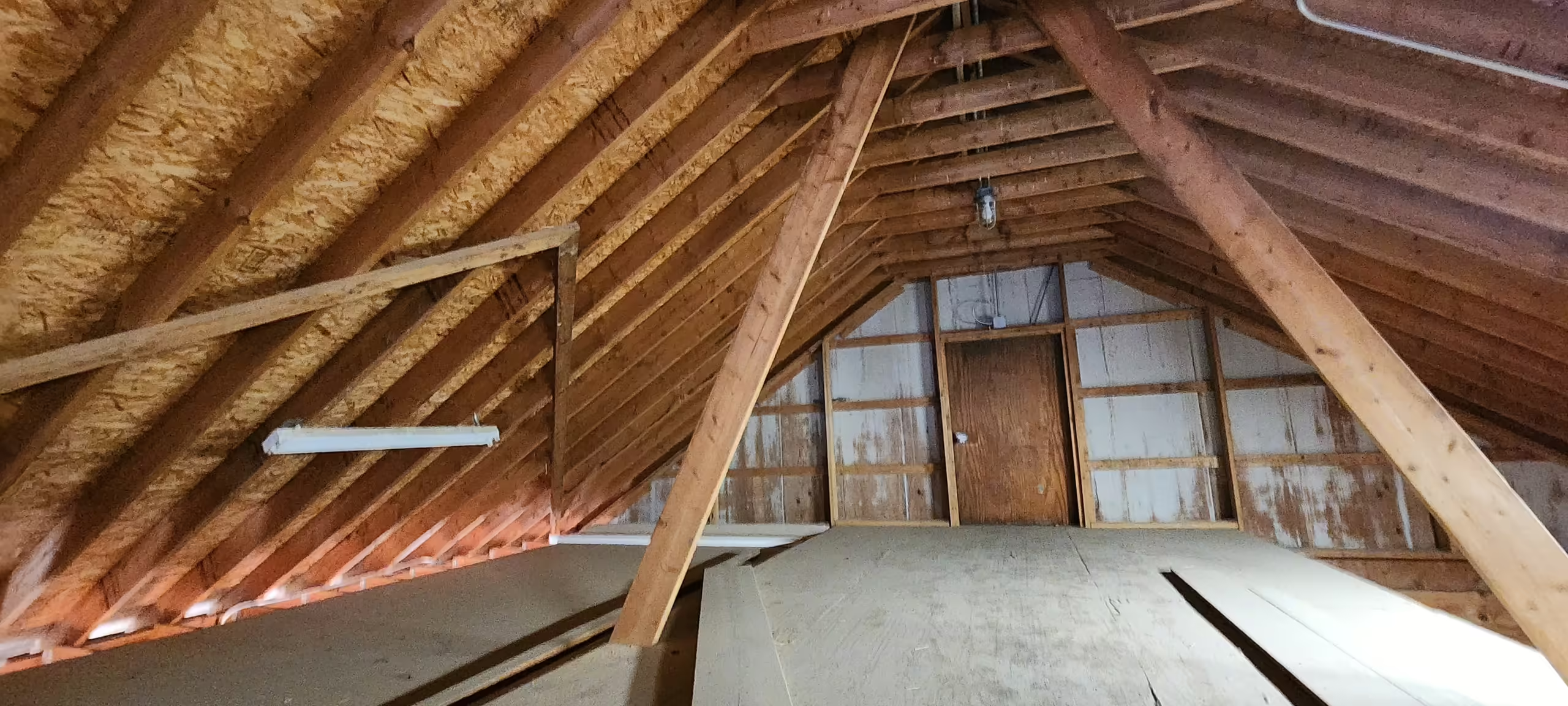 Attic Insulation Services
Attic Insulation Services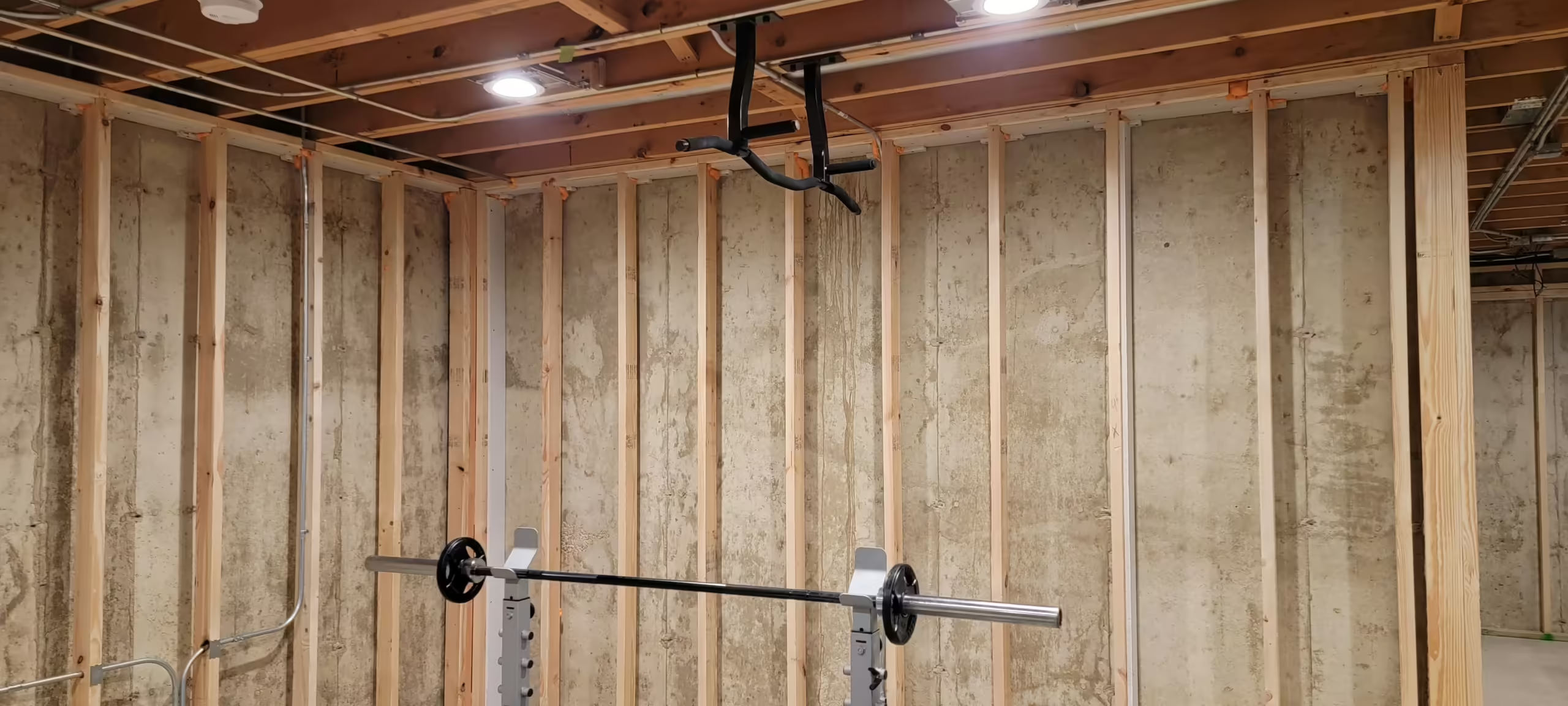 Basement Insulation
Basement Insulation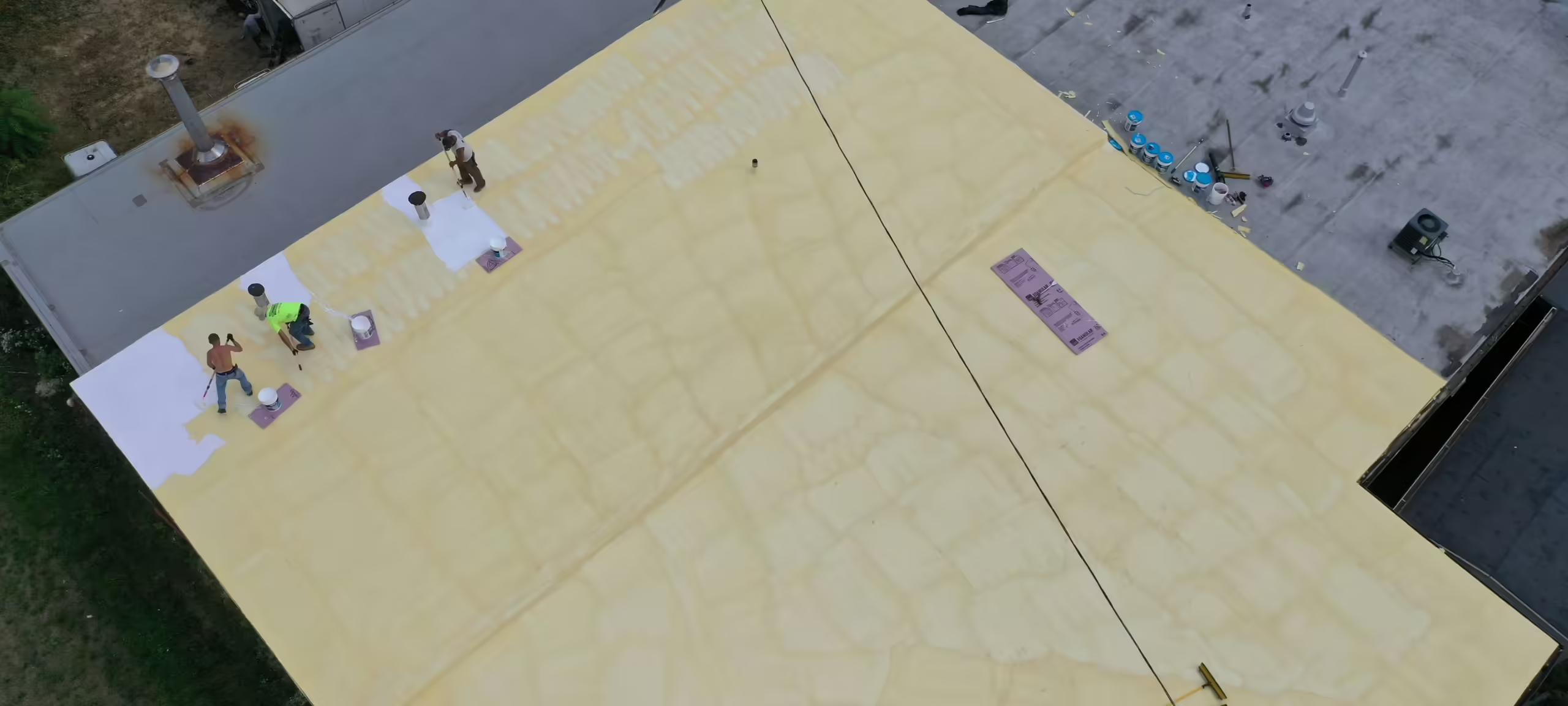 Commercial Insulation
Commercial Insulation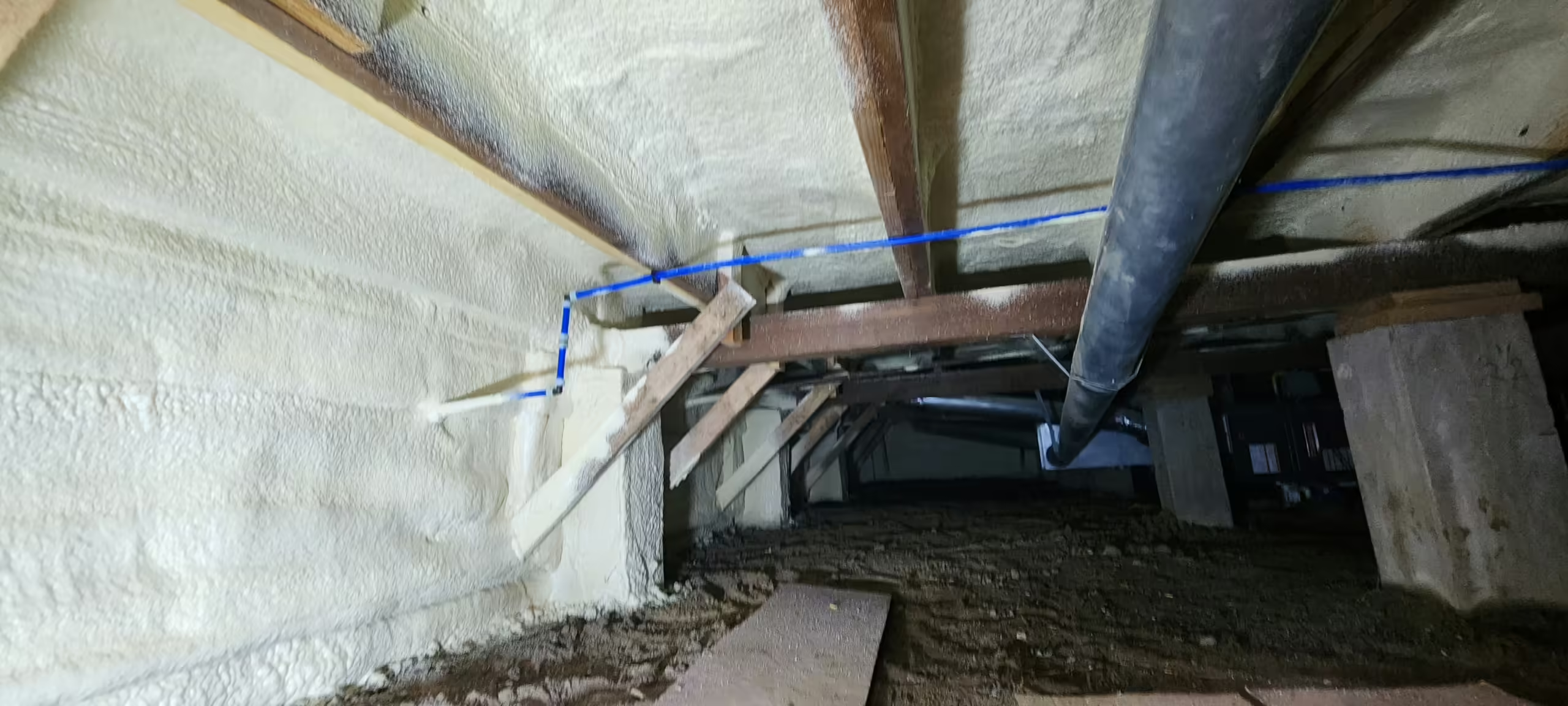 Crawl Space Insulation
Crawl Space Insulation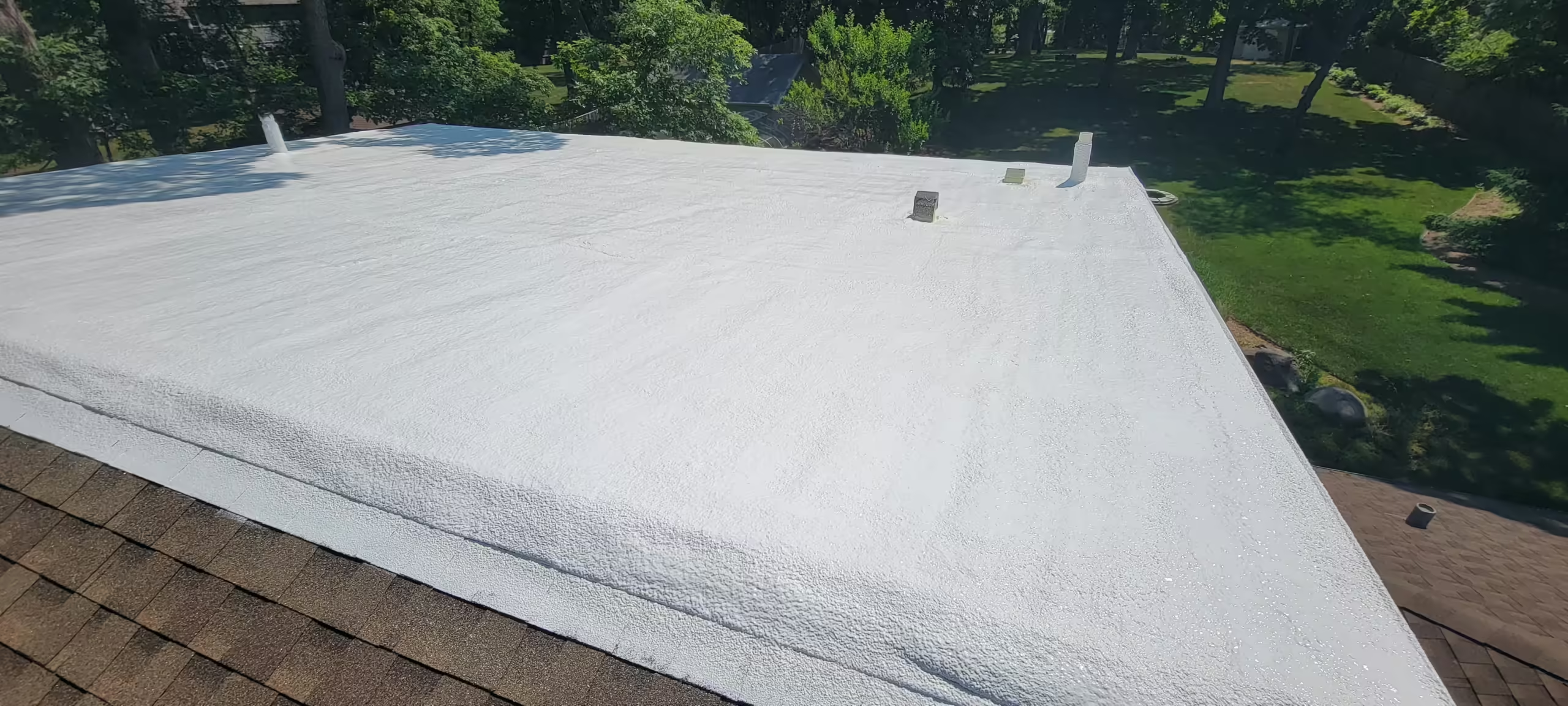 Exterior Wall Insulation
Exterior Wall Insulation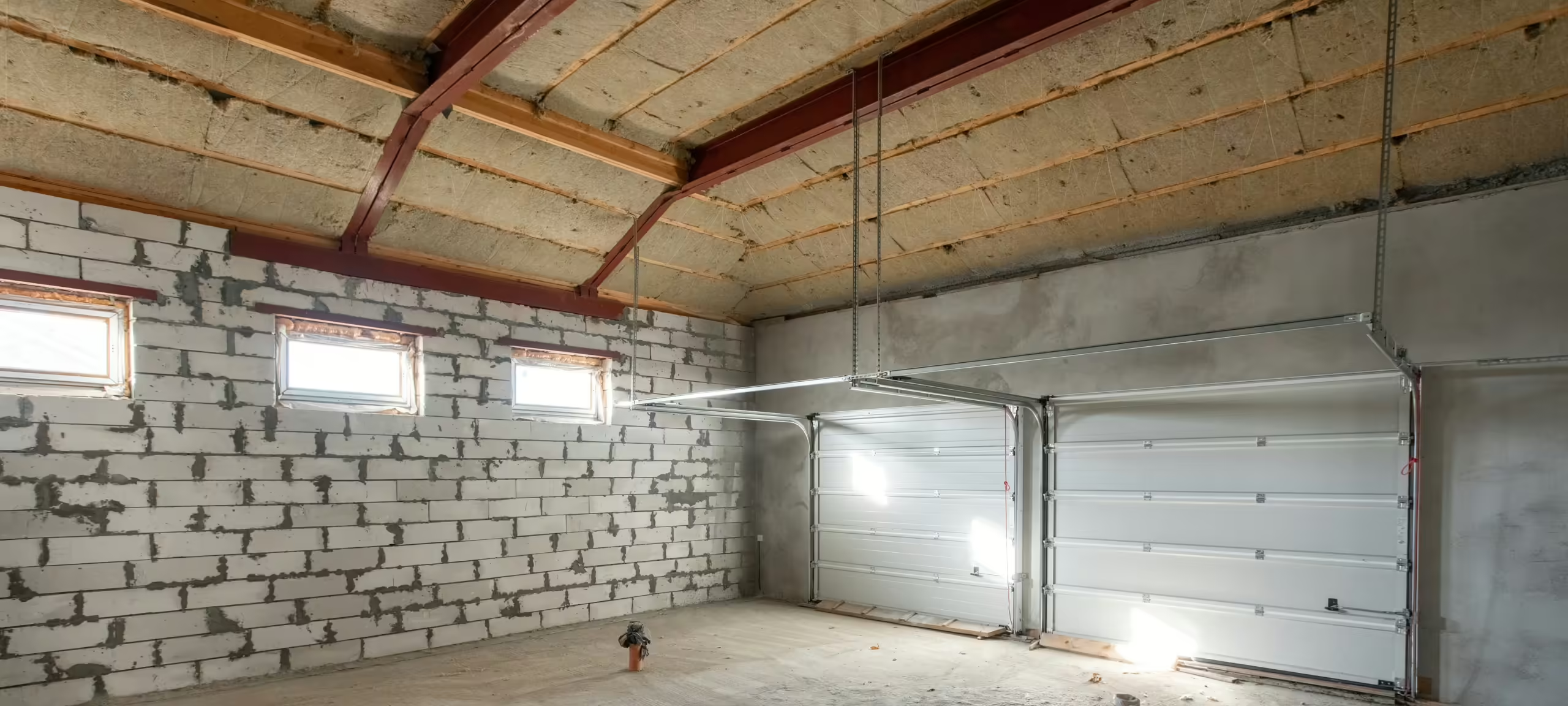 Garage Insulation
Garage Insulation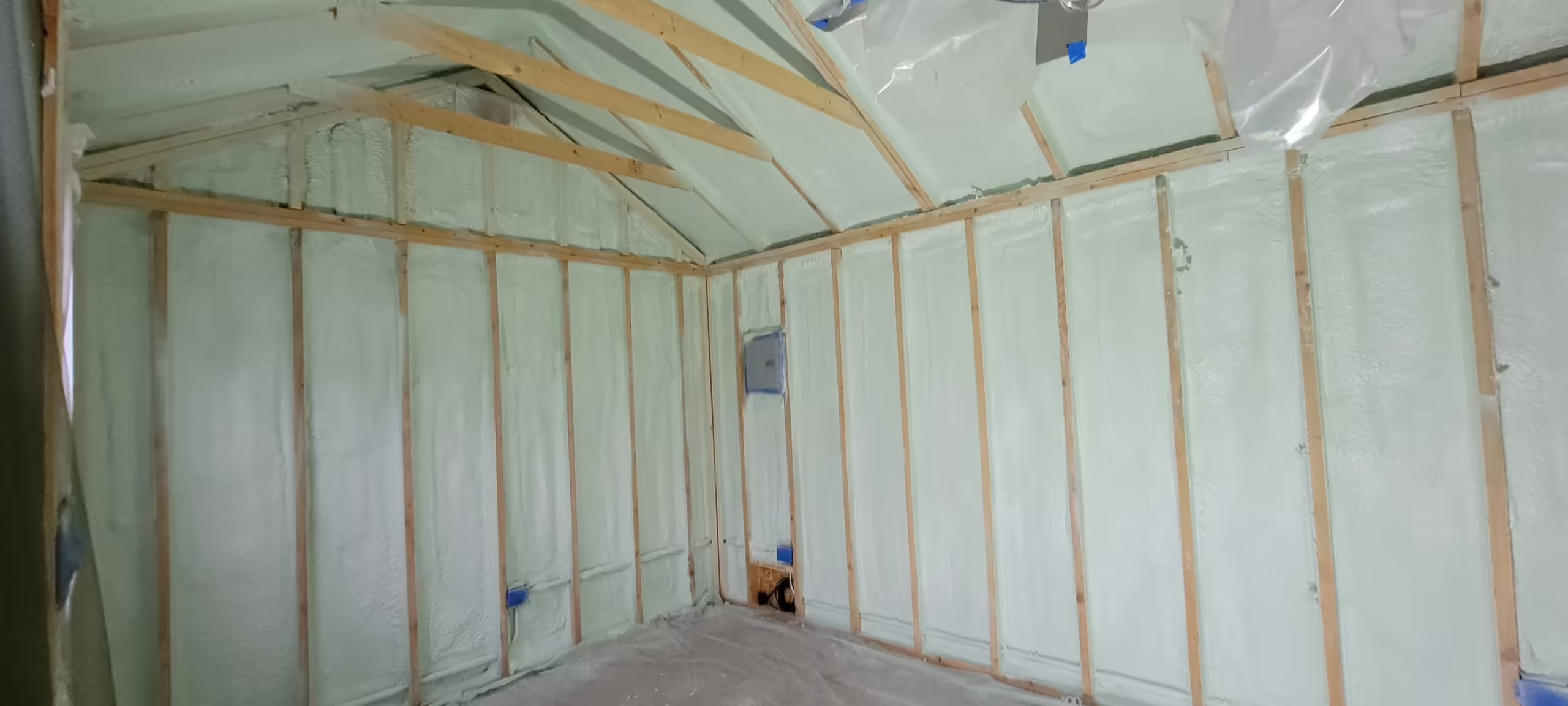 Interior Wall Insulation
Interior Wall Insulation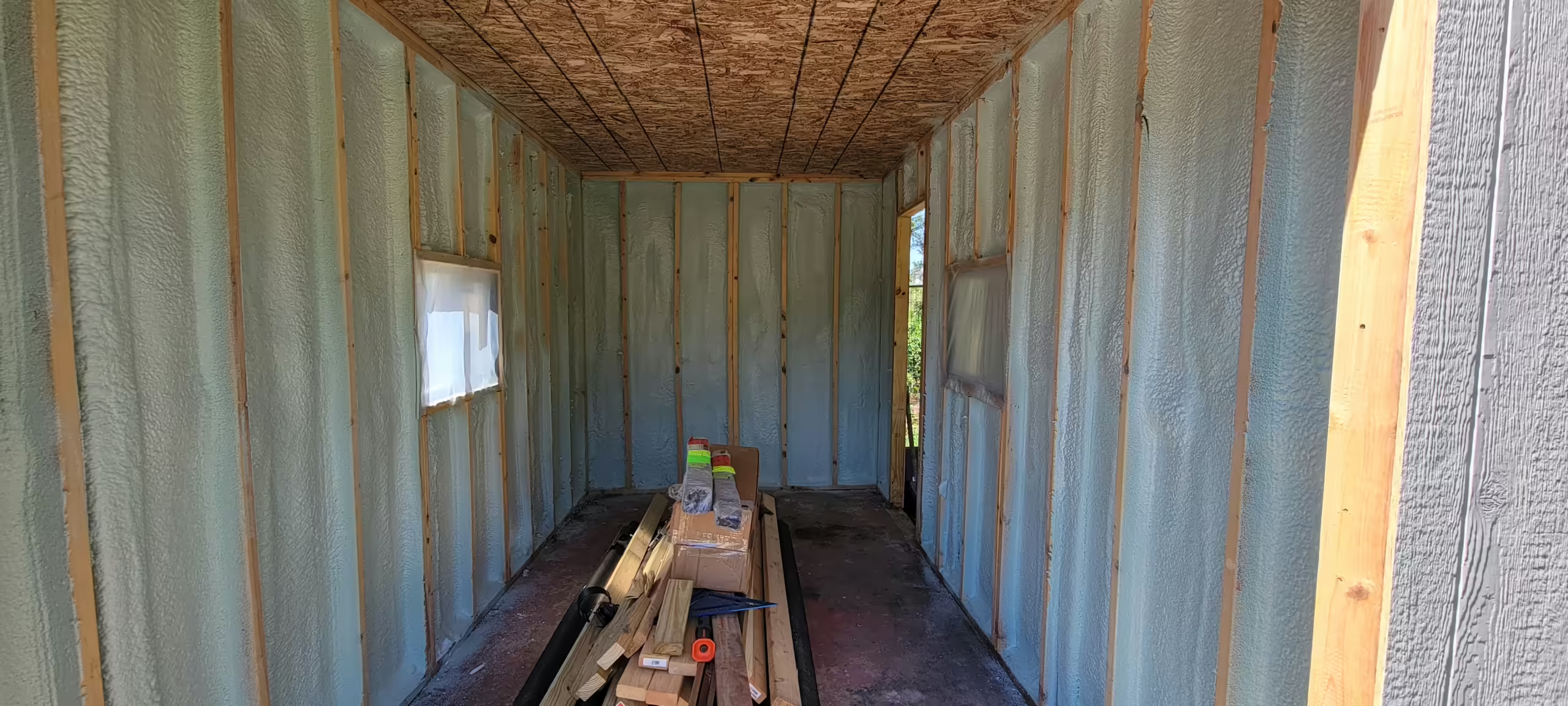 Shed Insulation
Shed Insulation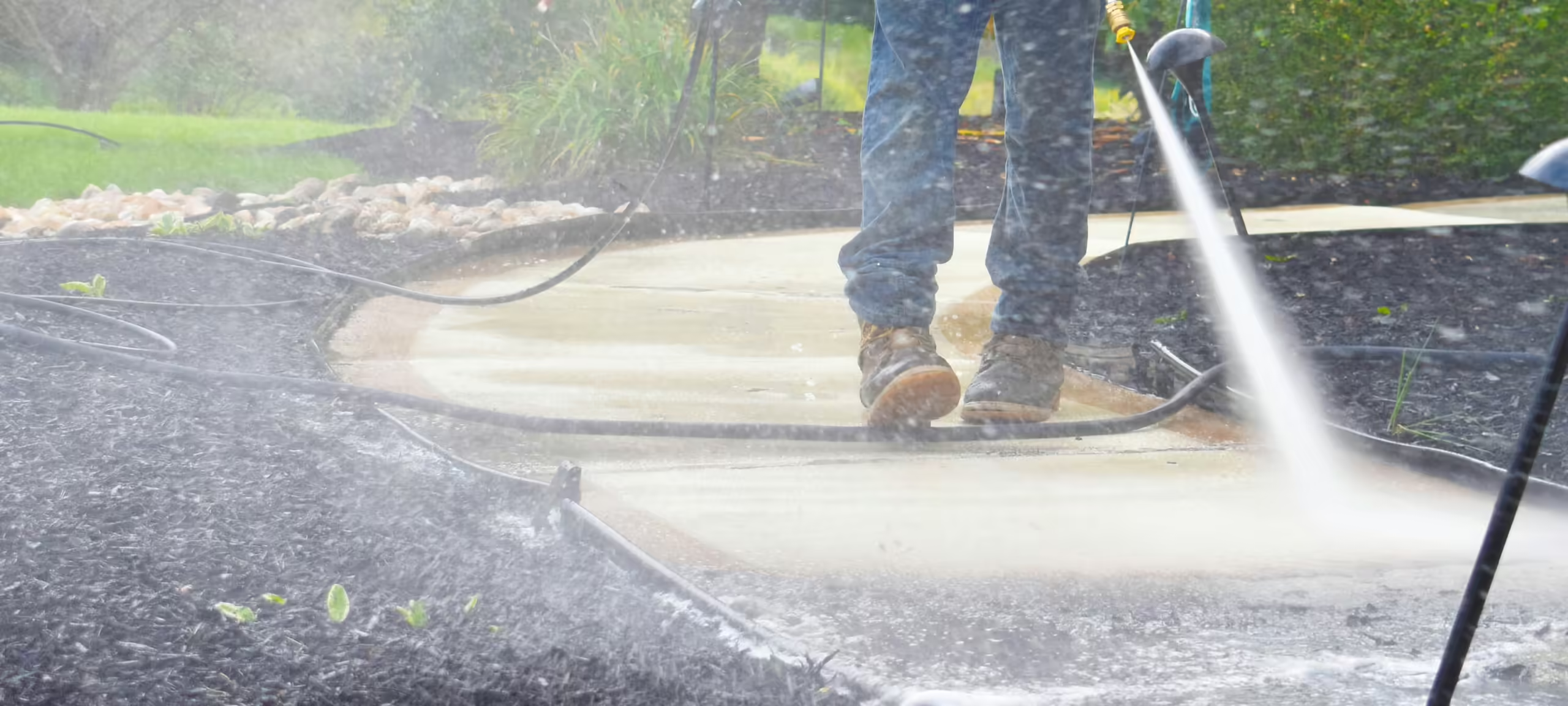 Power Washing
Power Washing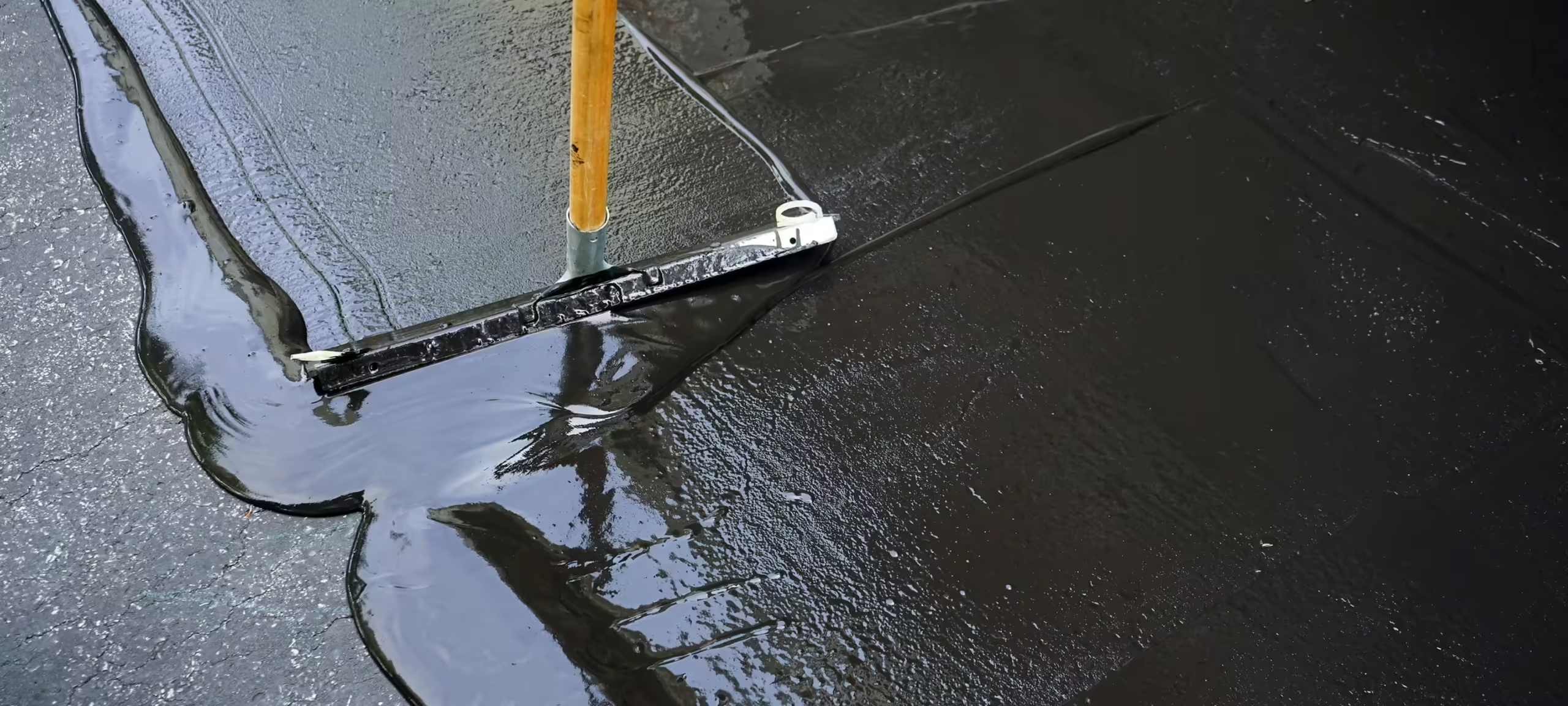 Sealcoating
Sealcoating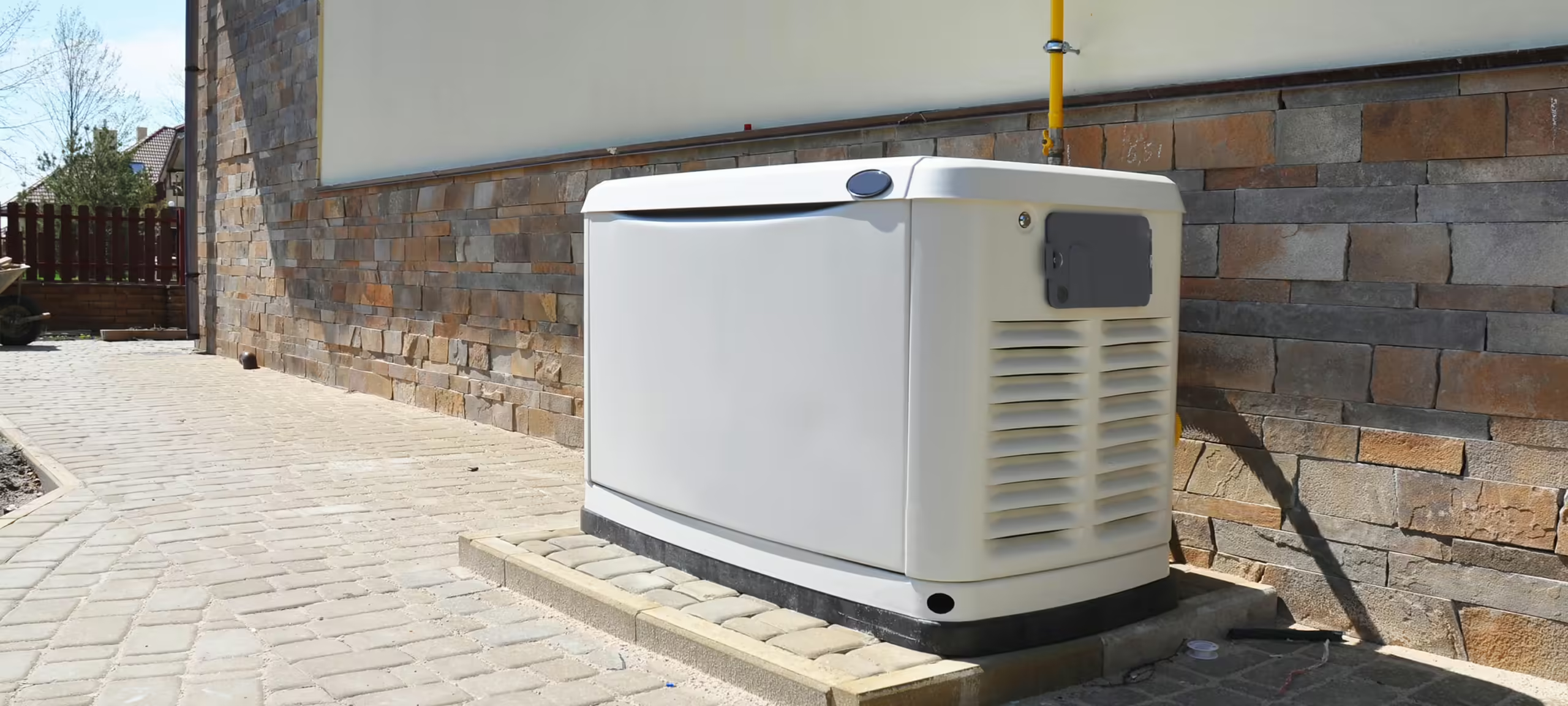 Backup Power Generators
Backup Power Generators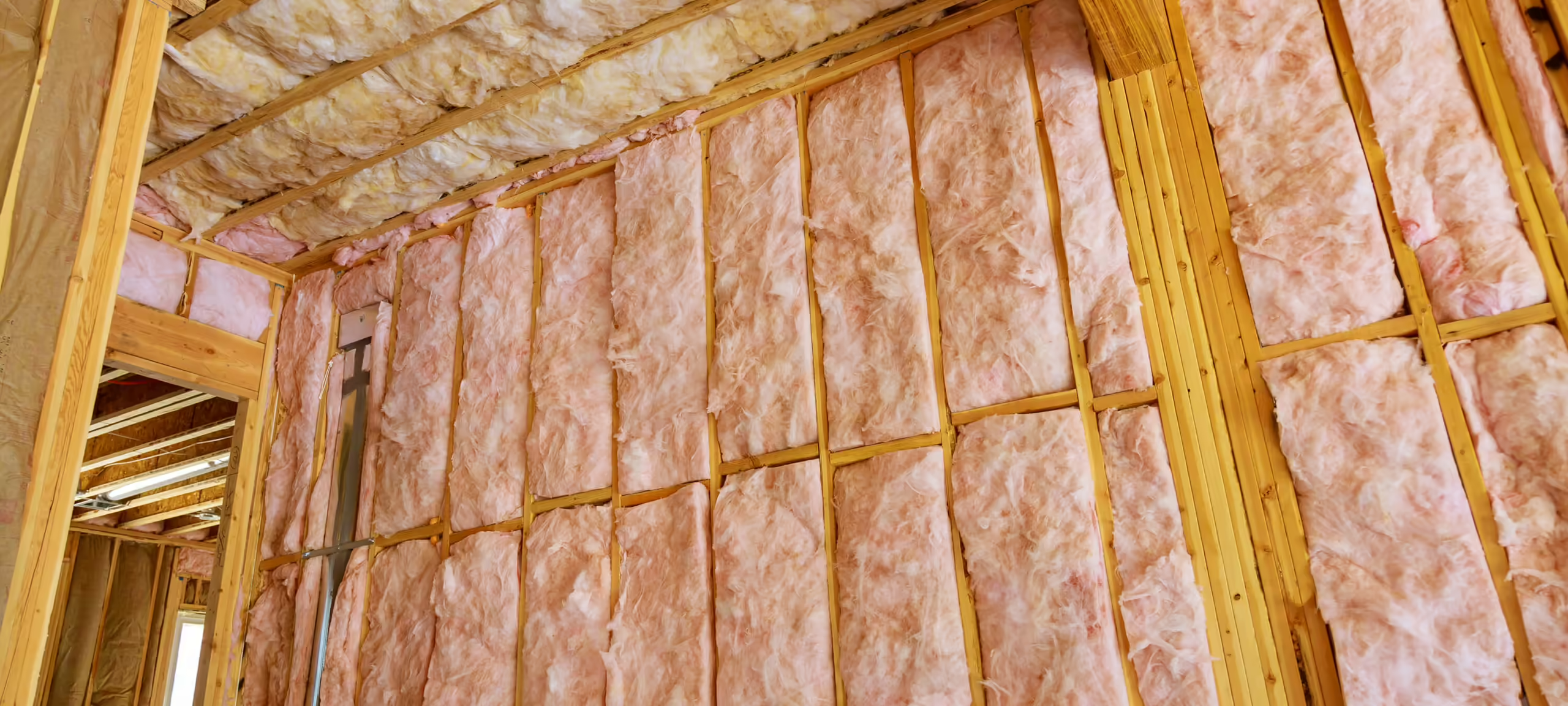 Insulation Removal Service
Insulation Removal Service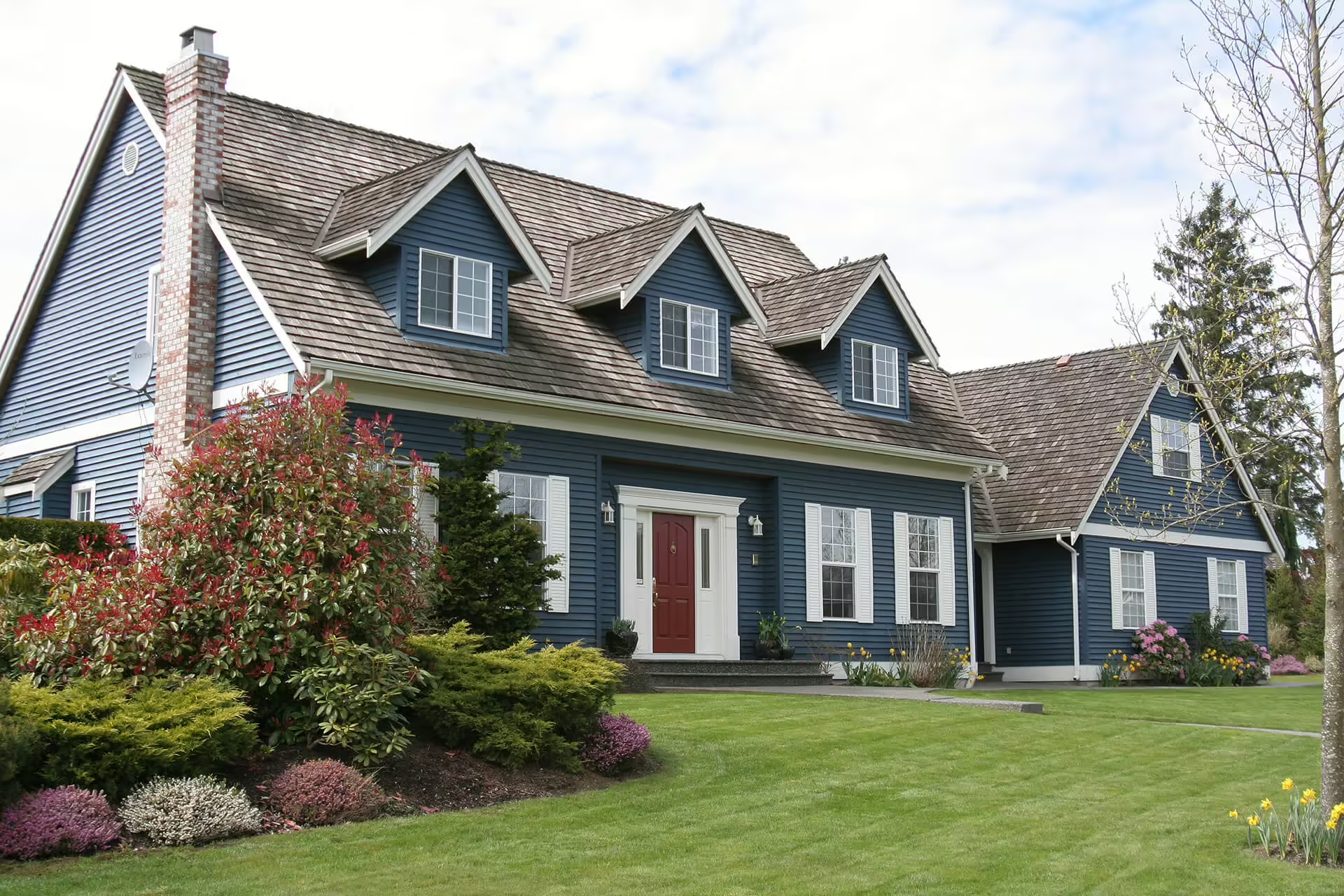 Lake County Insulation
Lake County Insulation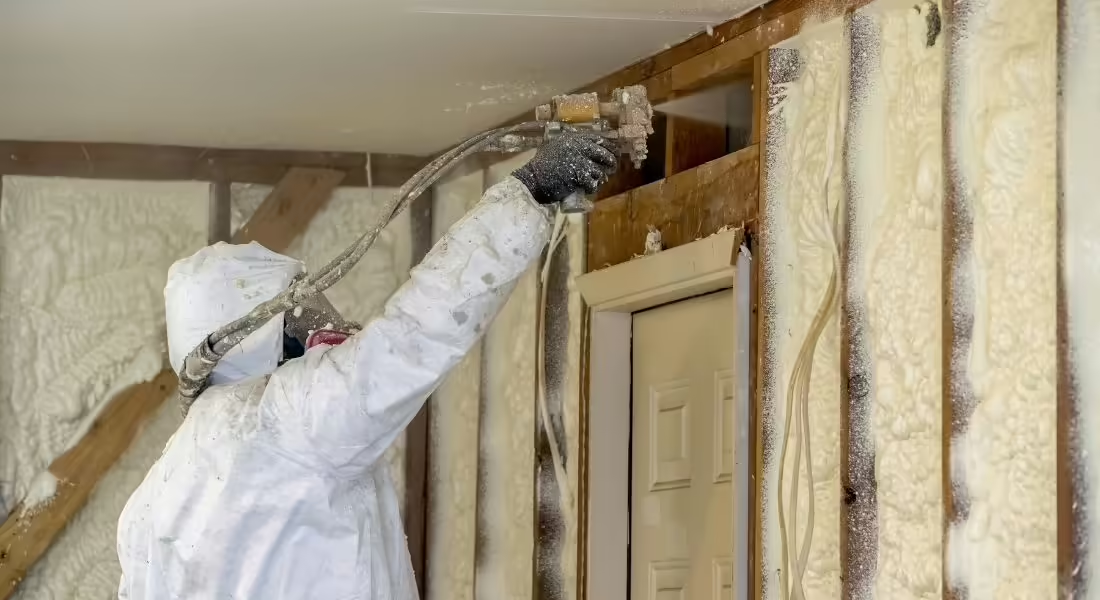 Spray Foam Insulation Guides
Spray Foam Insulation Guides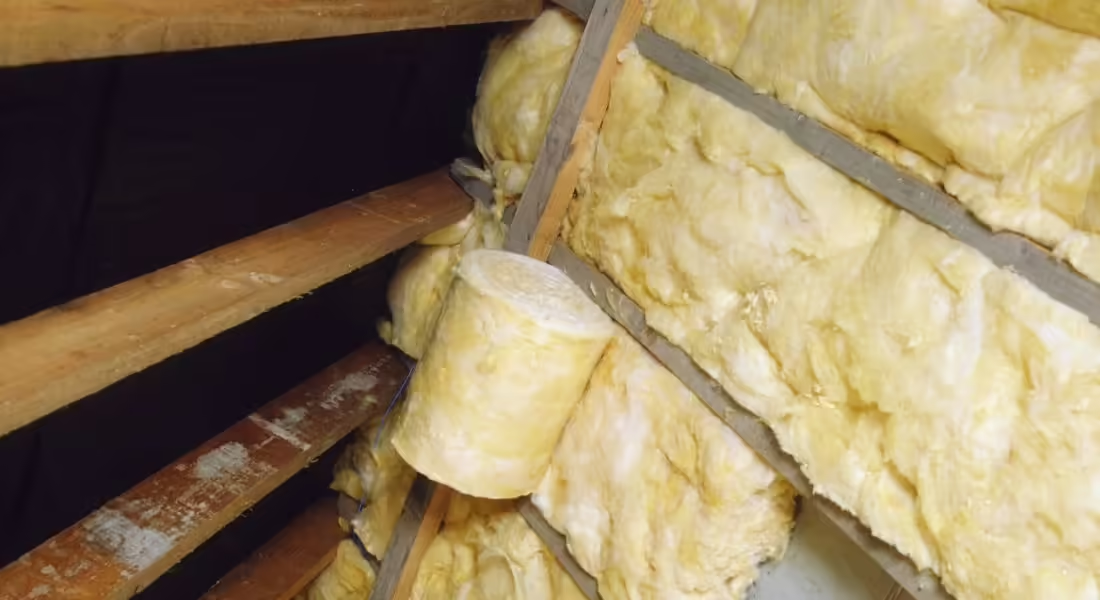 Insulation Guide
Insulation Guide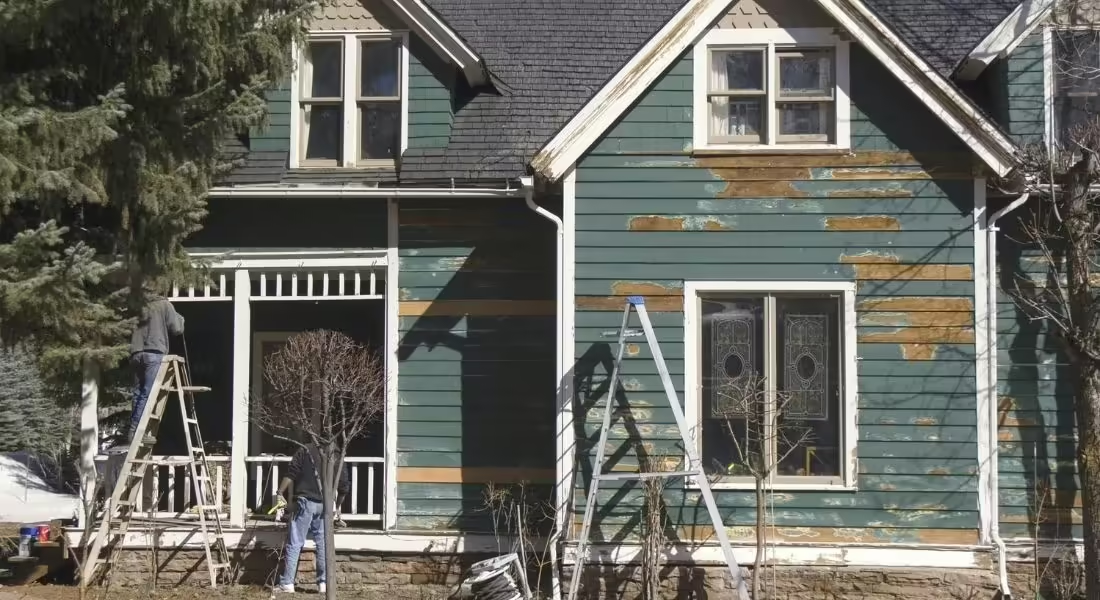 Home Improvement & Maintenance Guide
Home Improvement & Maintenance Guide